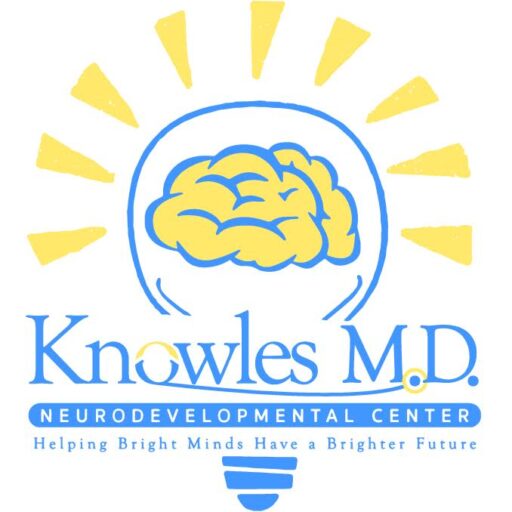ADHD cases have been described as far back as the textbook published in 1775 by Adam Weikard in German. Since that time, over 10,000 clinical and scientific publications have been published on ADHD (Barkley 2015). Research studies show numerous differences between those with and without ADHD (Roberts et al. 2015). ADHD impairs major life activities including social, emotional, academic and work functioning. It is a lifespan disorder with the majority of children with ADHD continuing to struggle with symptoms as adults. ADHD also runs in families with a heritability chance of 57% for a child if a parent has ADHD, and a 70%–80% chance for a twin if the other twin has ADHD (Barkley 2015). Brain scan studies show differences in the development of the brain of individuals with ADHD, such as cortical thinning in the frontal regions; reduced volume in the inferior frontal gyrus; and reduced gray matter in the parietal, temporal, and occipital cortices (Matthews et al. 2014).
Myth # 1: ADHD is Not a Real Disorder
About Author


Add Comment